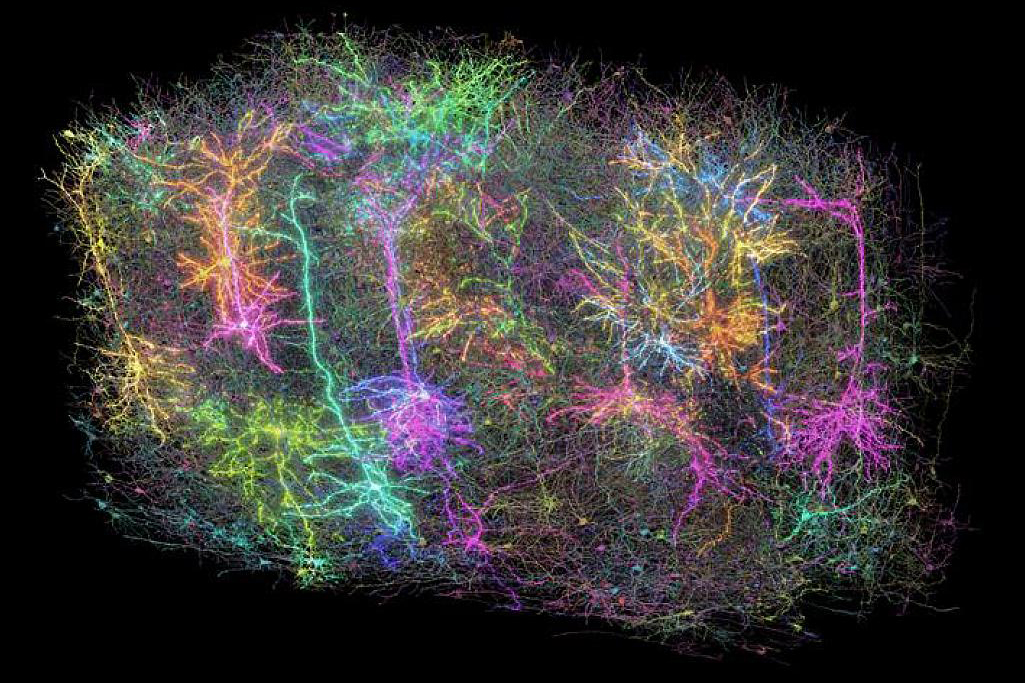Exploring Directionality in Place Cell Firing during Spatial Navigation
In a fascinating study on spatial navigation, researchers have provided new insights into the firing patterns of place cells in the brains of rats, particularly focusing on how directionality affects these patterns. Place cells, which are neurons in the hippocampus, play a critical role in the navigation of space and memory formation. Previous research, such as that conducted by Markus et al. (1995) and McNaughton et al. (1983), has established that the activity of these neurons is influenced by the direction of movement. Specifically, when rats navigate linear tracks or engage in other one-dimensional (1D) behaviors, their place fields areas where place cells exhibit increased firing tend to demonstrate directional properties. However, this directional firing appears to diminish when the rats are allowed to engage in more complex two-dimensional (2D) behaviors during open-field foraging (Navratilova et al., 2012).
The current research utilized a unique city-block maze, which combined characteristics of both 1D and 2D tasks. In this setup, rats navigated in 2D while searching for rewards in a pseudorandom manner, with their movements constrained by the maze's orthogonal layout. To better understand the influence of directionality in this hybrid environment, the researchers first aimed to determine whether place fields would exhibit directional properties within the maze.
To analyze the rats movement, the continuous 2D travel was parameterized according to which alley the rat occupied at any given time. The direction was established based on the overall trajectory of the rat as it traversed the alley. For instance, if a rat entered a horizontal alley from the west and exited through the east, its activity would be classified as 'east,' regardless of its head orientation at various moments. This method was crucial, as it provided a consistent framework for evaluating firing rates based on travel direction.
The analysis began by creating ratemaps, which were filtered to reflect travel direction. This process resulted in four distinct ratemaps corresponding to each cardinal direction: north, south, east, and west. These maps revealed that the firing rates of place fields varied significantly depending on the direction of travel. For example, neuron 1 in Figure 3A exhibited stronger firing rates for fields 2 and 3 when the rat traveled from east to west, while field 1 adjusted its activity toward the direction of travel.
In contrast, neuron 2 displayed multiple firing fields located in vertical alleys. Firing for field 1 was prominent when traveling south but was nearly silent when the animal moved north. Conversely, field 2 exhibited increased firing rates when the rat traveled north, while field 3 did not show any directional tuning.
The researchers employed a variety of statistical analyses to quantify the directionality of the firing fields. A total of 310 fields were evaluated, and a significant number were found to be directionally tuned. More specifically, 93 fields demonstrated directional firing according to a binomial test (p=3.6 1045, FWER-adjusted alpha = 0.05). The findings indicated that directionally tuned fields had a normalized firing difference that was considerably greater than that of non-tuned fields.
To further validate these findings, the researchers used a generalized linear model (GLM) analysis. This approach involved fitting a base GLM that accounted for time, followed by the introduction of a directionality term. Comparing these models revealed that the addition of current direction significantly improved the model fit in several cases, confirming that a subset of fields was indeed influenced by the direction of travel.
The research team also explored the population-level directionality by applying a random forest classifier to decode the current direction from the population vector of average firing rates. This innovative approach allowed the researchers to analyze the average firing rates for each neuron during each pass through the maze. The classifier was able to consistently extract directional signals in 10 out of 20 datasets, which was statistically significant (p=1.13 108, FWER-corrected alpha = 0.05).
The study highlighted the variability of classifier performance, suggesting that fluctuations in cell yield and behavioral sampling could impact the results. Interestingly, previous studies have indicated that CA1 fields can respond not only to current directions but also to future and past directions along the trajectory a phenomenon linked to spatial decision-making along learned routes (Ferbinteanu and Shapiro, 2003; Smith and Mizumori, 2006).
The researchers tested for the presence of retrospective and prospective coding within the dataset. Although the results showed no significant effects of prospective or retrospective direction beyond what could be expected by chance, there was a trend towards significance for retrospective direction, indicating potential weak effects worth further investigation.







